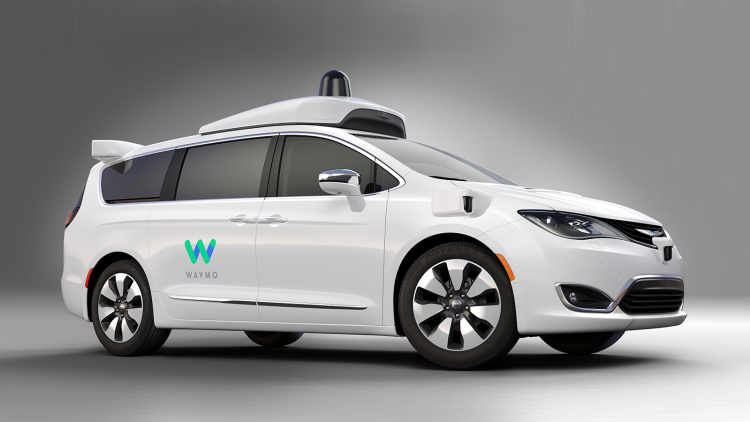 EMERGING TECH
EMERGING TECH
 EMERGING TECH
EMERGING TECH
 EMERGING TECH
EMERGING TECH
Google Inc.’s long-held ambition to deliver safe self-driving cars is slowly coming to fruition, as new stats show the technology required far less human intervention in 2016.
The stats, reported by Waymo Inc. (the company formerly known as Google’s self-driving car project) to California Department of Transportation, show a big drop in the number of disengagements. Those are where a human driver had to take control of the vehicle either to avoid an anticipated safety risk or to respond to a technology failure. They dropped to 0.2 times per 1,000 miles traveled, a quarter of the figure reported in 2015.
Disengagements were recorded for varied events, such as software discrepancies, perception discrepancies and unwanted maneuvering, as well asthe reckless behavior of others on the road, the approach of emergency vehicles, incorrect prediction of the behavior of other traffic, construction zones and roadway debris.
By the raw numbers, Waymo vehicles drove 645,868 miles in 2016, up from 424,331 in 2015, with only 124 disengagements versus 341 in 2015.
“This four-fold improvement reflects the significant work we’ve been doing to make our software and hardware more capable and mature,”Dmitri Dolgov, Waymo’s head of self-driving technology, said in a blog post. “And because we’re creating a self-driving car that can take you from door to door, almost all our time has been spent on complex urban or suburban streets. This has given us valuable experience sharing the road safely with pedestrians and cyclists, and practicing advanced maneuvers such as making unprotected left turns and traversing multi-lane intersections.”
Google’s parent company, Alphabet Inc., spun off the self-driving car project into Waymo in December as “a new way forward in mobility,” in the hope of finally turning years of experimentation into a commercial product.
Since that announcement, the company has held talks with Honda Motor Co. Ltd. that could potentially see Waymo’s self-driving technology powering the Japanese car makers vehicles. It has also announced the deployment of vehicles from Fiat Chrysler Automobiles NV as part of an agreement from May. That deal was notable because it was the first time the Google unit had worked directly with a car maker versus building self-driving technology by itself.
Support our mission to keep content open and free by engaging with theCUBE community. Join theCUBE’s Alumni Trust Network, where technology leaders connect, share intelligence and create opportunities.
Founded by tech visionaries John Furrier and Dave Vellante, SiliconANGLE Media has built a dynamic ecosystem of industry-leading digital media brands that reach 15+ million elite tech professionals. Our new proprietary theCUBE AI Video Cloud is breaking ground in audience interaction, leveraging theCUBEai.com neural network to help technology companies make data-driven decisions and stay at the forefront of industry conversations.